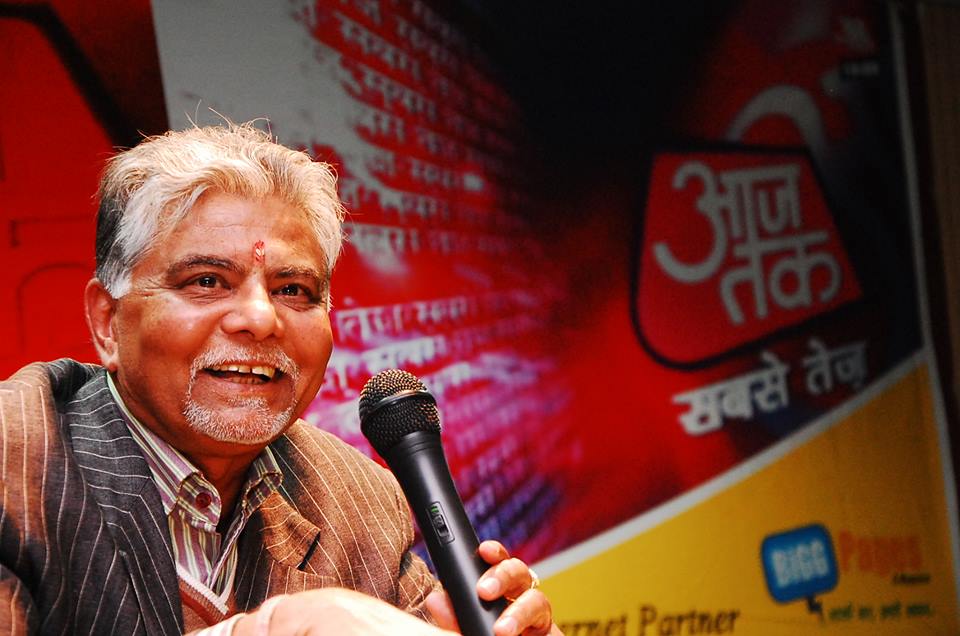The radio today has been transformed into a gadget that gives you music and sometimes a little bit of news. If you talk to your grandparents you will find that the radio was once an essential part of their lives.
Have you ever wondered how the radio came about? Who invented it? Despite highs and lows, the radio is still a low cost medium and a source of information and entertainment that reaches out to a large number of people around the world.
Radio is a medium of communication that allows people to listen to news, music and other forms of entertainment. The sound you hear on your radio sets are signals transmitted through electromagnetic waves in a radio frequency range.
February 13 is World Radio Day. Why do we need to celebrate the radio? After all it is but signals transmitted through electromagnetic waves in a radio frequency range. But no, this is not all…The radio is an integral part of people’s lives. In the days before the advent of television, the radio brought the family together to listen to news, music and drama. It continues to play the role of family unifier bringing in its wake music and local news.
World Radio Day seeks to raise awareness about the importance of radio, facilitate access to information through the radio and enhance networking among broadcasters. It was proclaimed on November 3, 2011 by UNESCO, and was originally proposed by Spain. According to the UNESCO’s website, World Radio Day is “a day to celebrate radio as a medium; to improve international cooperation between broadcasters; and to encourage major networks and community radio alike to promote access to information and freedom of expression over the airwaves.”
Any radio organisation will be able to freely download content available to celebrate World Radio Day by broadcasting all day, on February 13, 2013, audio messages on the importance of radio from all over the world.
Such a long journey
The word radio is derived from the Latin word radius which means ‘ray’. The term was adopted in the early 20 century to distinguish the radio from other wireless communication technology.
Two scientists, James Clark Maxwell and Michael Faraday arrived at the theoretical conclusion that electromagnetic waves existed. Heinrich Hertz, another scientist, later on, experimented and confirmed the findings of Maxwell and Faraday and proved that electromagnetic waves can be transmitted.
Guglielmo Marconi, was an Italian inventor, who is known as the father of long distance radio transmission. Fascinated by Hertz’s study on electromagnetic waves, Marconi further experimented by sending radio transmissions, which led to the development of wireless telegraphy.
Early theoretical and experimental innovations by scientists such as David Hughes, Nikola Tesla, Jagdish Chandra Bose and others have also contributed to the development of radio communication systems as they exist today.
Radio has a great role in emergency communication and disaster relief. Radio was primarily used to send telegraphic messages through Morse code between ships and land. The armed forces used it extensively to pass orders, diplomatic messages and communication.
Memories
After the commercialisation of radio, it became a strong medium for passing information and even entertainment with more and more radio stations mushrooming to provide the masses with a range of programmes including news, music, dramas, comedies, variety shows and various other forms of entertainment. It has became a powerful tool of communication in the modern era.
It would be hard to pinpoint the exact time the radio started losing its charm to the television. With the advent of the Internet, the decline has magnified as it is easy to download and stream free content. Now, a majority of the people use the radio only to listen to music.
For many, the radio brings fond memories of their childhood. K. K. Vijayalakshmi, a retired professor in Chennai, remembers the day in 1967, when her family bought their first radio. “It was a wonderful feeling. We used to listen to the news at a certain time, then there were songs, political discussions, drama and more. Even when we bought a television years later, it did not diminish the value of the radio in our household.”
Aruna Anand, a Ph.D student, says, “I remember a time when there was no need to look at the clock to check the time. Everyone in the family used to plan things according to the programmes on the radio, and no one was ever late!”
Fun facts
Did you know that the radio is ranked number two in the list of ‘101 Gadgets that Changed the World’ according to History Channel? It is second only to smartphones. Ha! Take that, television!
One incident that truly demonstrated the power of the radio way back in the 1930s is the dramatisation of H.G. Wells’ “The War of the Worlds”. On October 30, 1938, a regular programme was interrupted by a news bulletin announcing the invasion of earth by Martians, and what followed was utter panic and chaos. It was later found that the radio adaptation of the science fiction was altered to present it in a more realistic way.
This is not so much a fun fact, but a fact nevertheless that mentions radio. In 1979, the British musical duo, “The Buggles” released the hit song “Video Killed the Radio Star”, the lyrics of which implied that by combining audio and visual effects, television had made the radio — a thing of the past or obsolete.
Today, there are over 1, 00,000 radio stations around the world. Worldwide, there are more than two billion radio sets in use — a proof that video never killed the radio star.
(By HAZEEDA, VIJAYA KUMAR)










